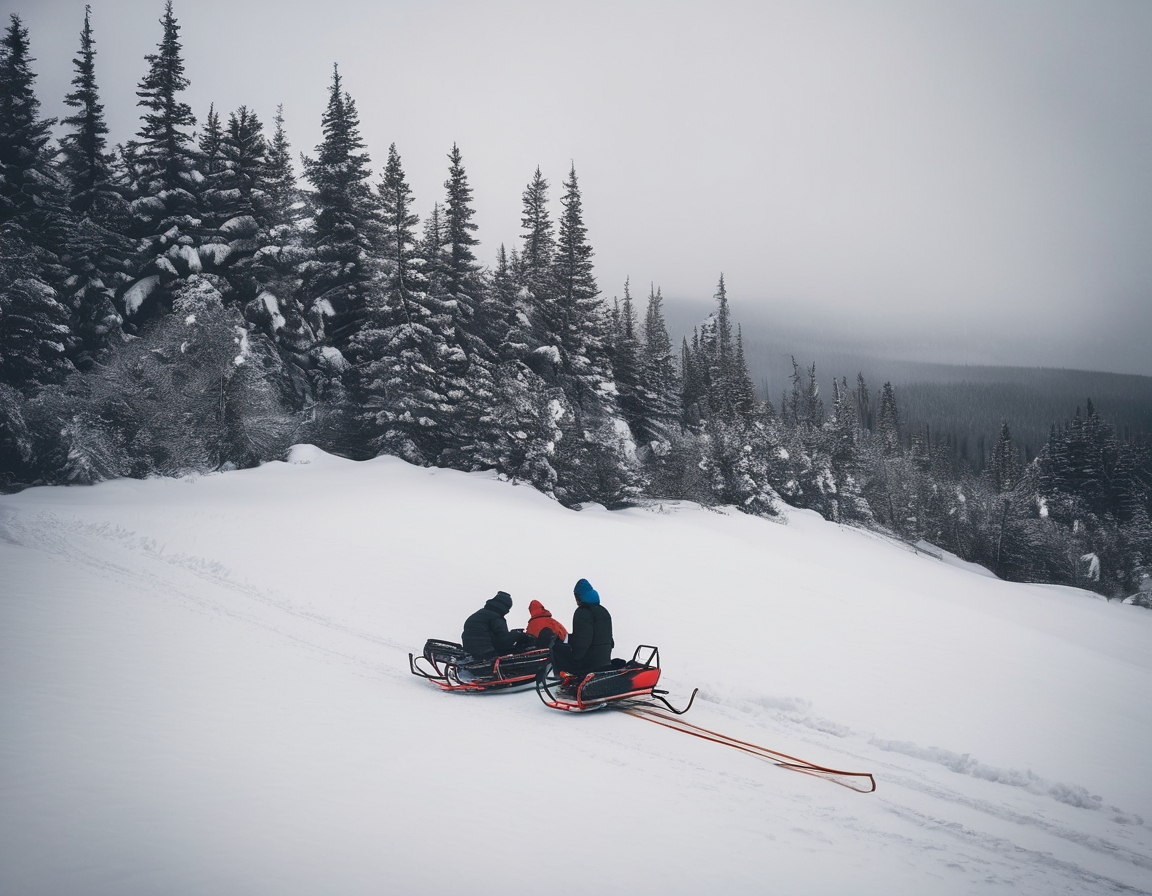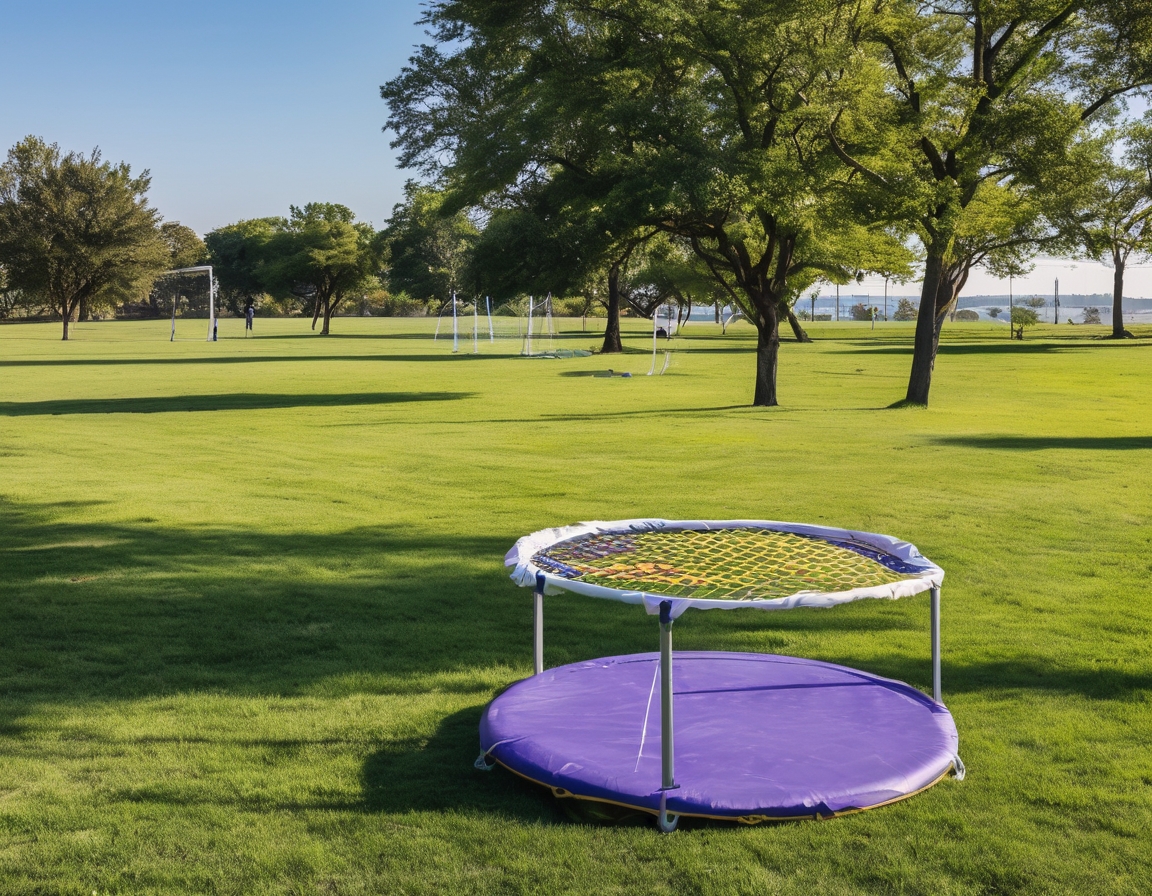Exploring nature: best light hikes near you
Light hiking is an accessible and enjoyable way to explore the great outdoors without the need for extensive preparation or advanced skills. It offers a perfect balance between adventure and leisure, making it an ideal activity for outdoor enthusiasts of all ages. Whether you're a seasoned hiker or a beginner, light hiking provides an opportunity to connect with nature, enjoy fresh air, and discover scenic landscapes close to home.
2. Benefits of Light Hiking
Light hiking offers numerous benefits, both physical and mental. It is a low-impact exercise that improves cardiovascular health, strengthens muscles, and enhances flexibility. Additionally, spending time in nature has been shown to reduce stress, boost mood, and improve overall well-being. Light hiking is also a fantastic way to bond with family and friends, creating lasting memories while exploring new trails.
3. Essential Gear for Light Hikes
While light hiking doesn't require extensive gear, having the right equipment can enhance your experience. Essential items include comfortable hiking shoes, a lightweight backpack, water bottles, snacks, a map or GPS device, and weather-appropriate clothing. Depending on the season and location, you may also need sunscreen, insect repellent, and a hat for sun protection.
4. Top Light Hikes Near Urban and Suburban Areas
Urban areas often offer hidden gems for light hikers. City parks, greenways, and nature reserves provide accessible trails that allow you to escape the hustle and bustle without leaving the city limits. Popular urban light hikes include Central Park in New York City, Griffith Park in Los Angeles, and the Emerald Necklace in Boston.
Suburban areas are home to a variety of light hiking trails that showcase the beauty of local landscapes. These trails often feature diverse ecosystems, from woodlands and wetlands to meadows and hills. Notable suburban light hikes include the Billy Goat Trail in Maryland, the Wissahickon Valley Park in Philadelphia, and the Katy Trail in Dallas.
5. Tips for a Successful Light Hiking Experience
To make the most of your light hiking adventure, consider the following tips: start with shorter trails and gradually increase the distance, check the weather forecast before heading out, inform someone of your hiking plans, and always follow Leave No Trace principles to protect the environment.
6. How to Choose the Right Light Hike for You
When selecting a light hike, consider factors such as trail length, difficulty level, scenery, and proximity to your location. Research trail reviews and maps to ensure the hike aligns with your preferences and abilities. Additionally, consider the time of year and any seasonal attractions, such as wildflowers or fall foliage, that may enhance your experience.
7. Safety Considerations for Light Hikers
Safety should always be a priority when hiking. Stay on marked trails, be aware of your surroundings, and carry a basic first aid kit. It's also important to stay hydrated and take breaks as needed. If hiking in a group, establish a meeting point in case anyone gets separated. Lastly, respect wildlife and maintain a safe distance from animals you may encounter on the trail.








Comments (0)